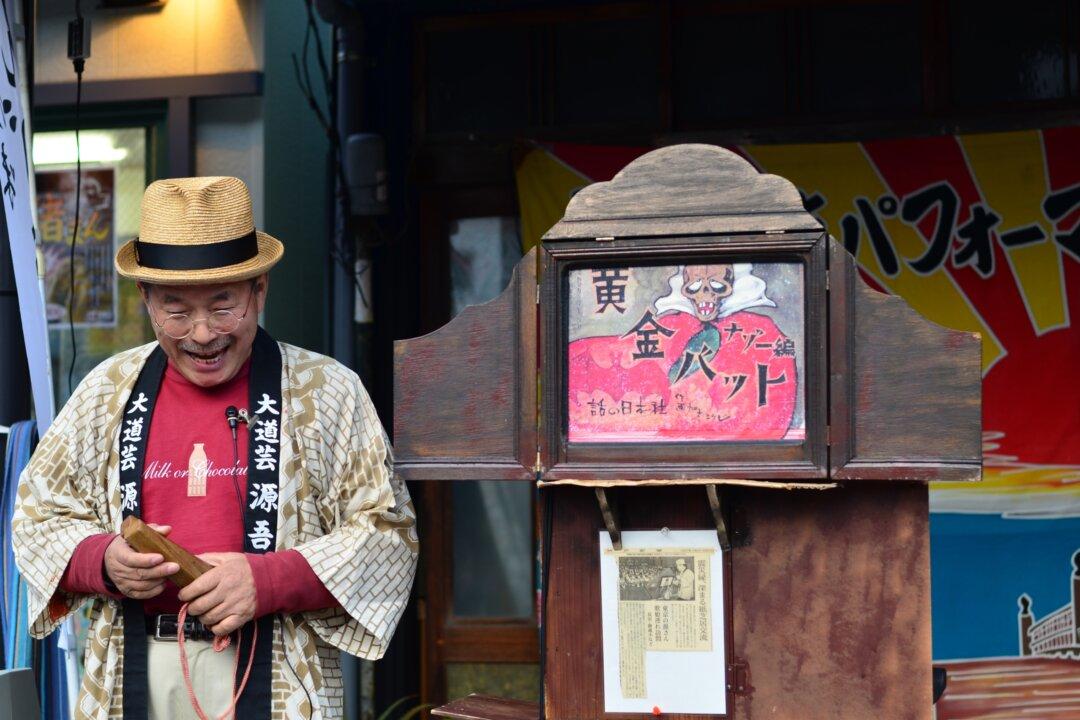In a world where technological advancement seems to be at the forefront of almost everything, it can sometimes feel like if it doesn’t have a screen or a keyboard, it isn’t worth engaging with.
Yet despite this backdrop of ongoing high tech developments, a centuries-old Japanese storytelling tradition is being revived for modern audiences. Meet kamishibai—from “kami,” meaning paper, and “shibai,” meaning play or theater—the ancient Japanese storytelling tool that many librarians, nursing homes, and schools use in several countries around the world.

